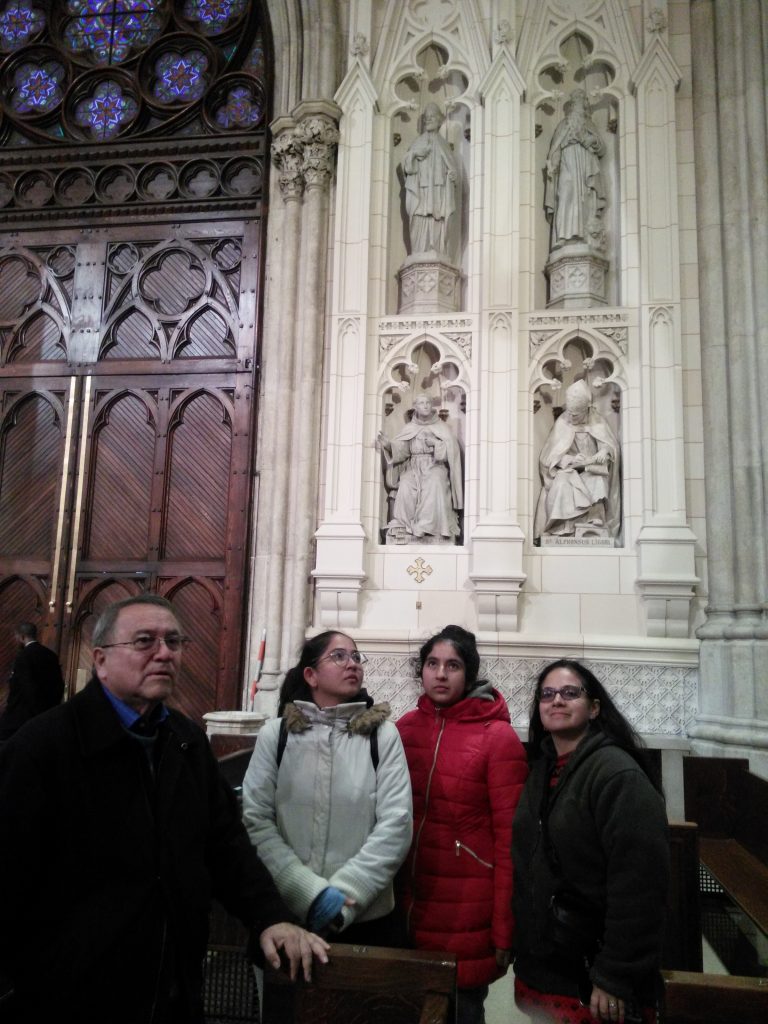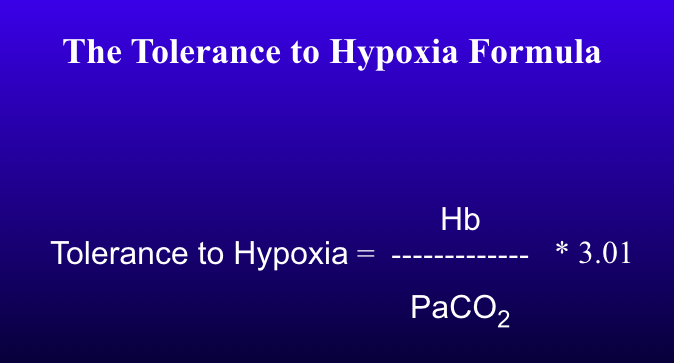Between April 18th and April 30th Prof. Dr. Gustavo Zubieta-Calleja, Director and Head of the High Altitude Pulmonary and Pathology Institute in La Paz, Bolivia, gave talks explaining the benefits of Life under Chronic Hypoxia (low-oxygen).
It started with a talk on April 18th at the National Institutes of Health, National Heart Heart, Lung and Blood Institute in Bethesda Maryland, in the Division of Lung Diseases. It’s director Dr. James Kyley introduced Prof. Zubieta to a group of his top Staff scientists.
The presentation was entitled: “Benefits of exposure to Chronic Hypoxia: Adaptation, Tolerance to Hypoxia, Acid-Base at high altitude and future space travel”. It was a stimulating talk that has a different concept regarding the traditional fears of hypoxia in Sea level physicians. This talk showed that chronic hypoxia at high altitude residents gives rise to many advantages, as a way of adaptation.
Explaining exercise at high altitude
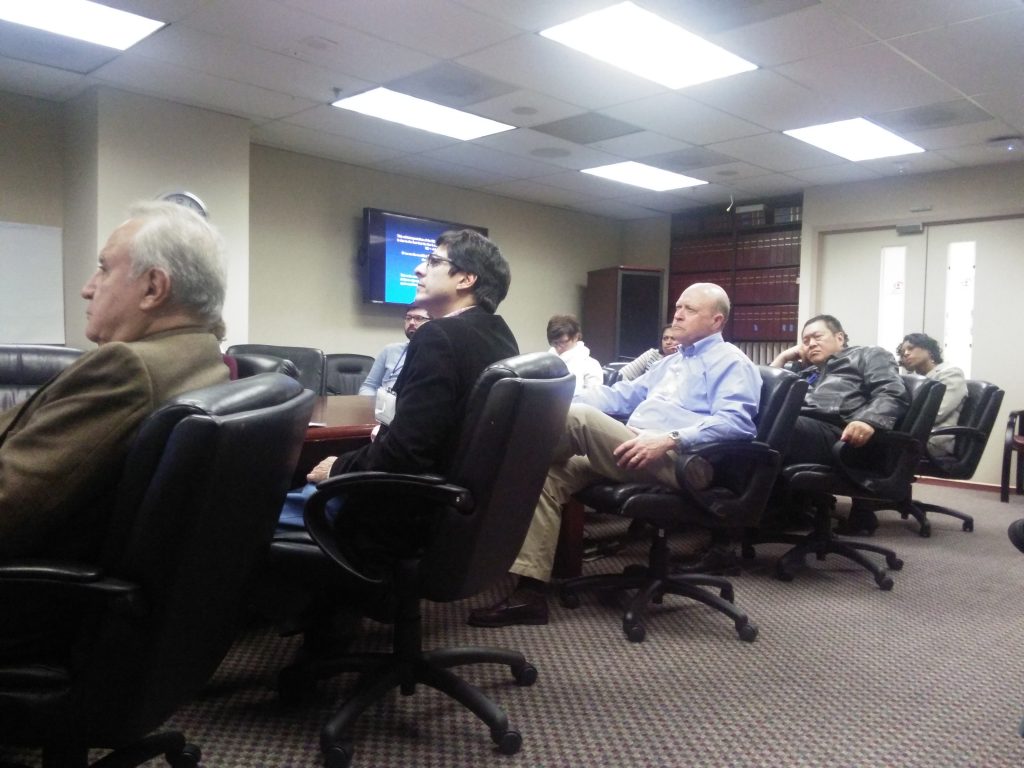
Among them he showed that Bolivians live longer at high altitude in the high altitude areas.
http://www.bldeujournalhs.in/article.asp?issn=2468-838X;year=2017;volume=2;issue=2;spage=80;epage=90;aulast=Zubieta-Calleja
This scientific paper is the most popular article in that journal thus far, since its publication on Dec 15, 2017. We have also been invited to write a book on this subject. So this is a transcendental paper in high altitude medicine.
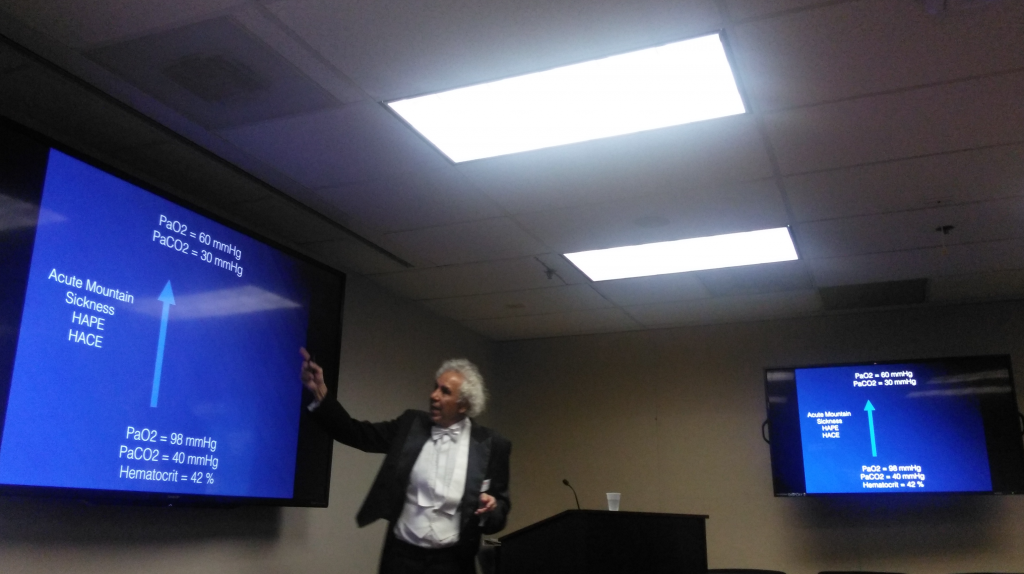
However many other subjects were dealt with in the conference, like the Adaptation Formula that we developed.
And the Remarkable Tolerance to Hypoxia formula that we also created:
This formula shows that paradoxically, the higher man goes to high altitude the more tolerance to hypoxia there is. Compared to sea level, the high altitude residents of La Paz, are 1.7 times more tolerant to hypoxia. Similarly, on the summit of Mt. Everest, where humans have climbed to, without the assistance of oxygen, it is around 6 times. This outstanding capacity of survival in such low levels of oxygen is proof that nature has wisely granted living beings the mechanisms to survive and sustain life even in the extreme environments.
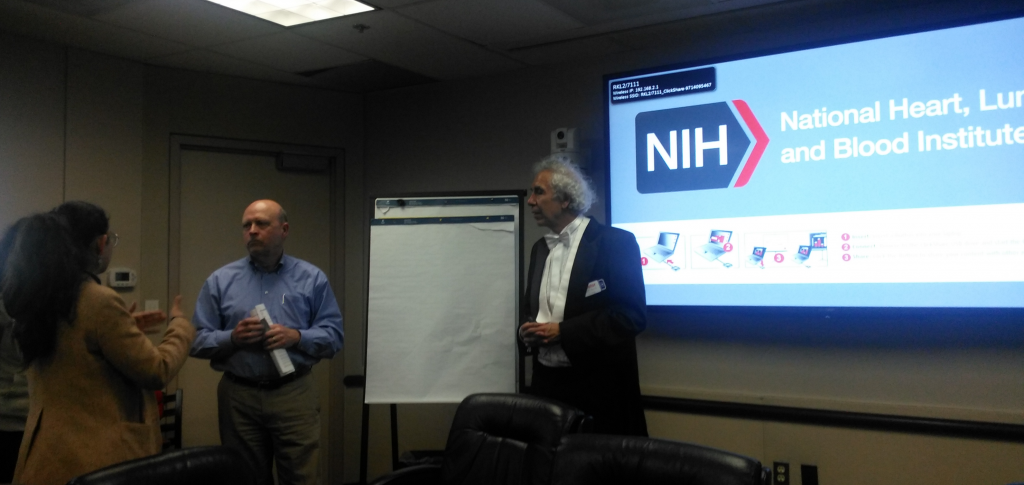
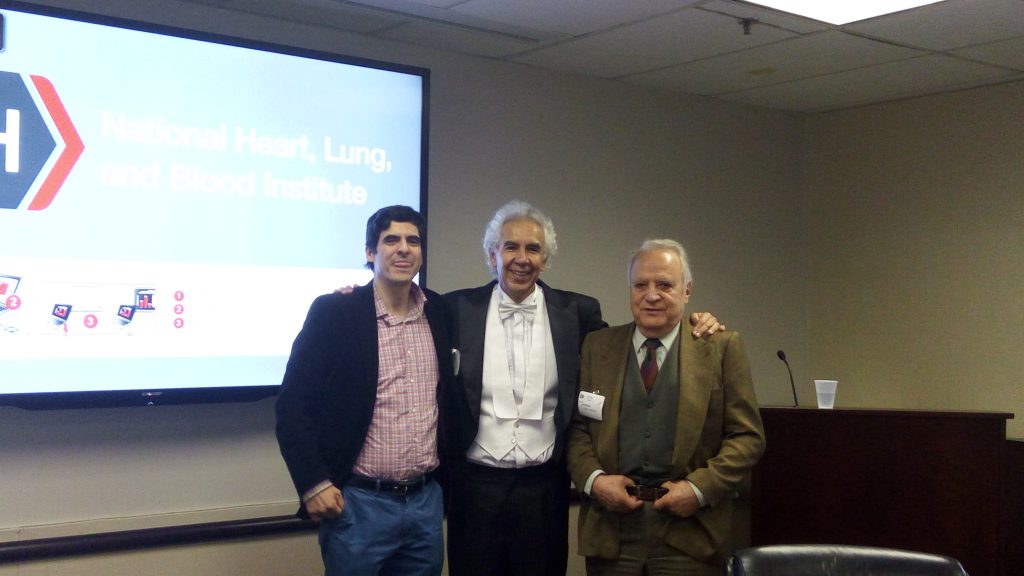

We then moved on to meet Dr. Oscar Murillo, a distinguished Geriatrician in Pennsylvania.
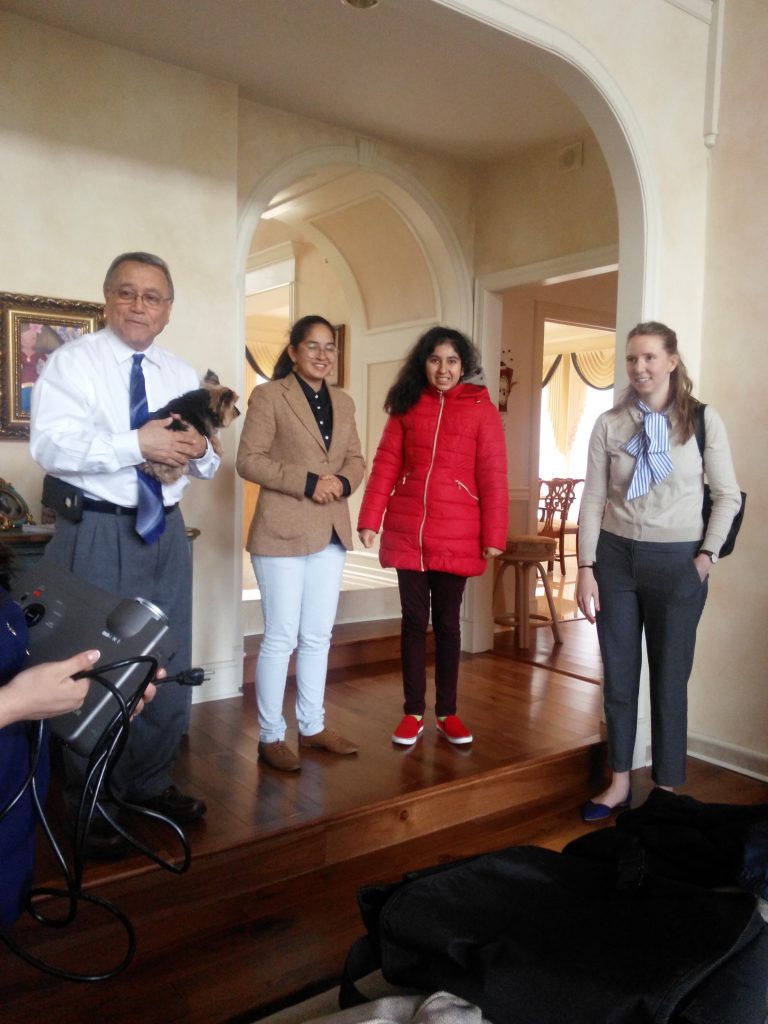
He kindly hosted a conference dinner at his beautiful residence in Schneksville, Penssylvania. The dinner was great. The members of the Geriatrics Society were a delight to share moments with.

Among them, Dr. Steven Fuller, a most distinguished Geriatrician with whom we shared many interesting comments regarding high altitude physiology.
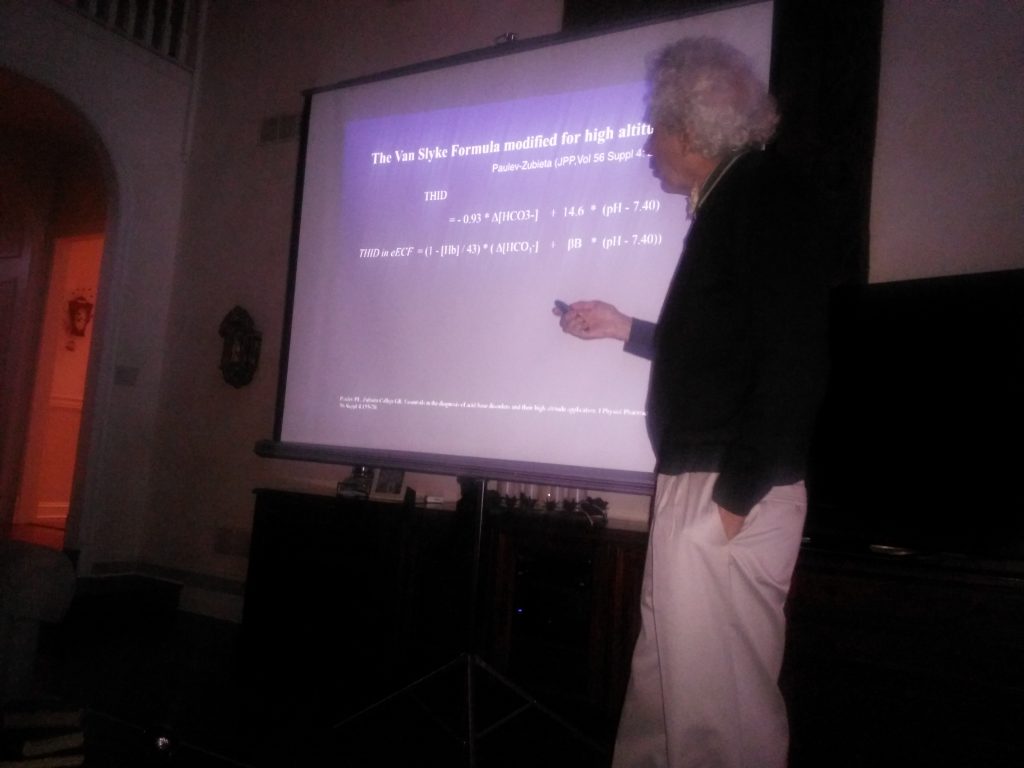
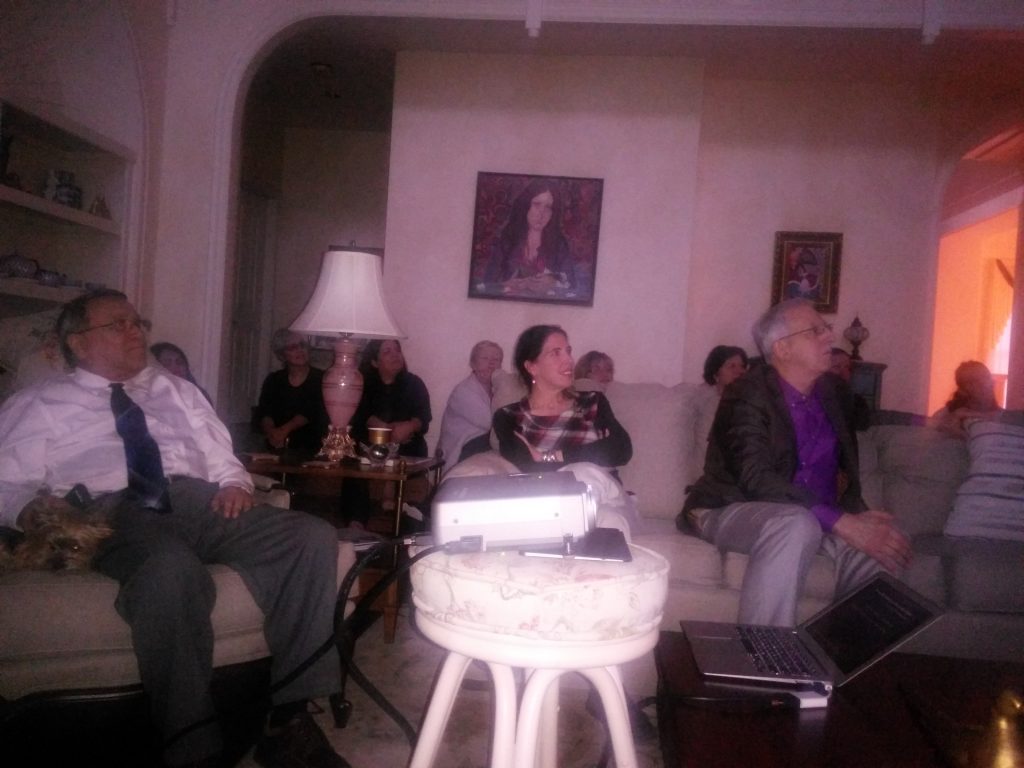

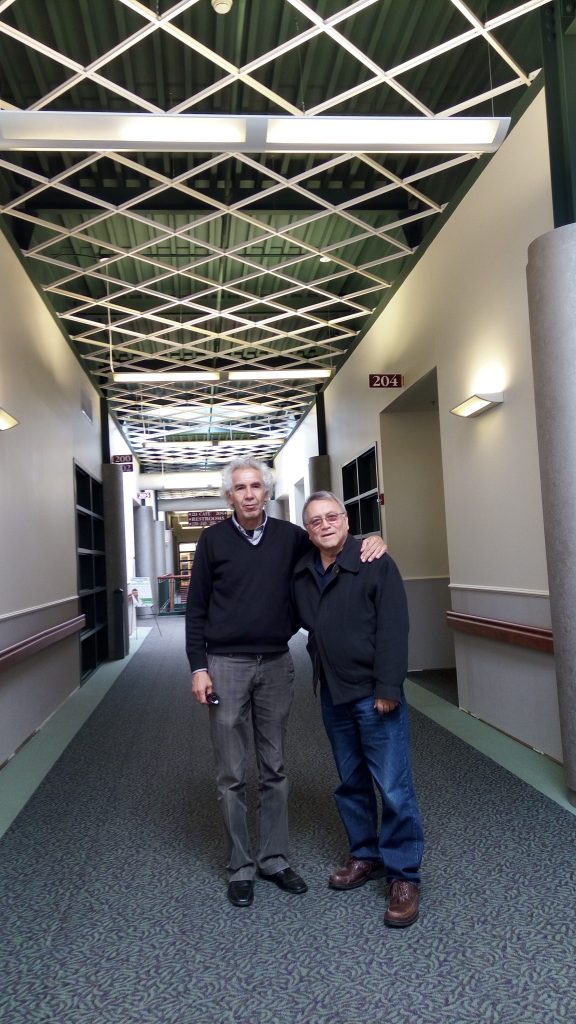

Our next stop was Fayetteville, Ark where Prof. Zubieta-Calleja gave a talk at the Center for Space and Planetary Sciences in the University of Arkansas.
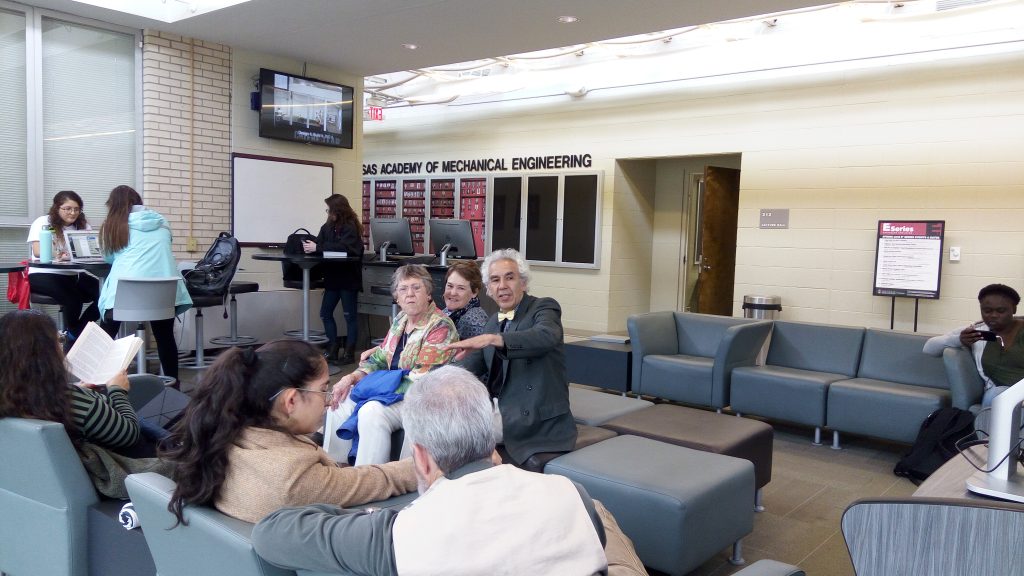
He had attended this University during a year as a Pre-med before his transfer to the Universidad Mayor de San Andres Medical School in La Paz, Bolivia. Prof. Dr. Gustavo Zubieta-Calleja, was an exchange student in Little Rock, Arkansas and lived with the Smith Family in 1973 prior to attending to the University of Arkansas.

Mr. Jim Youngblood, working for NASA, had met and acquainted astronaut Ed White of the Apollo program, who had given, as a Christmas present, an autographed photo to his son Tom Youngblood, currently a Pediatrician married to Cindy Smith. Astronaut Ed White was one of the three astronauts that unfortunately died in the tragic prelaunch burn of Apollo 1. Such event initiated the sea level (760mmHg), in space cabin pressure flights with 21% oxygen.

This coincidence of meeting Mr. Jim Youngblood in the dinner prior to the talk on space travel, is truly extraordinary, since for Prof Dr. Gustavo Zubieta-Calleja’s talk proposes that high altitude pressures (495mmHg) similar to the city of La Paz (3600m) be used in space capsules instead.
The title of the talk for the Center for Space and Planetary Sciences was about “Space travel under Chronic Hypoxia“.
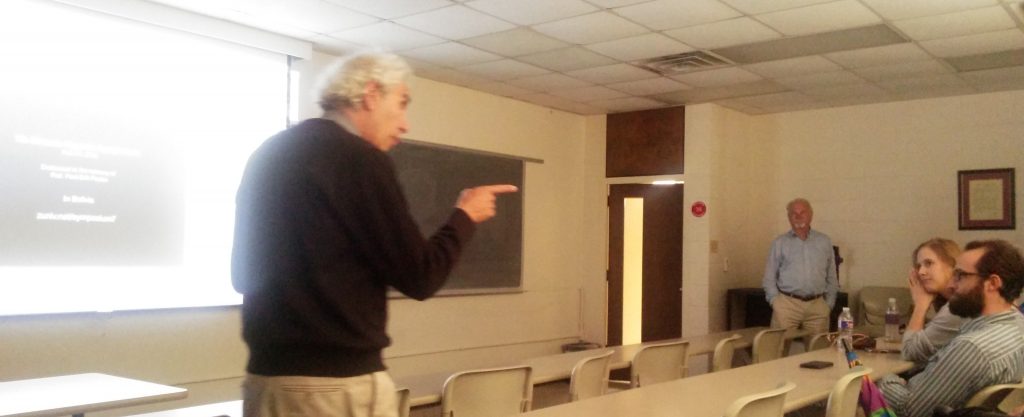

It was in relation to an original idea of Prof. Zubieta-Calleja back in 2007 as expressed in his book “Adaptation to High Altitude and to Sea Level: Acid-Base Equilibrium, Ventilation and Circulation in Chronic Hypoxia“.
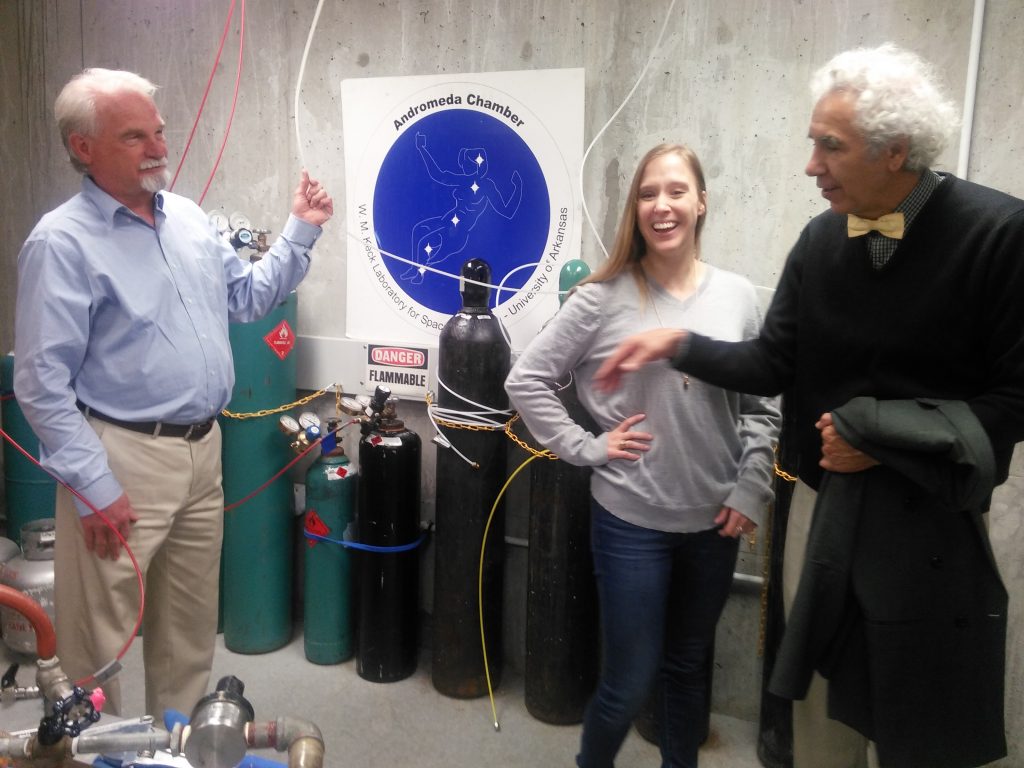
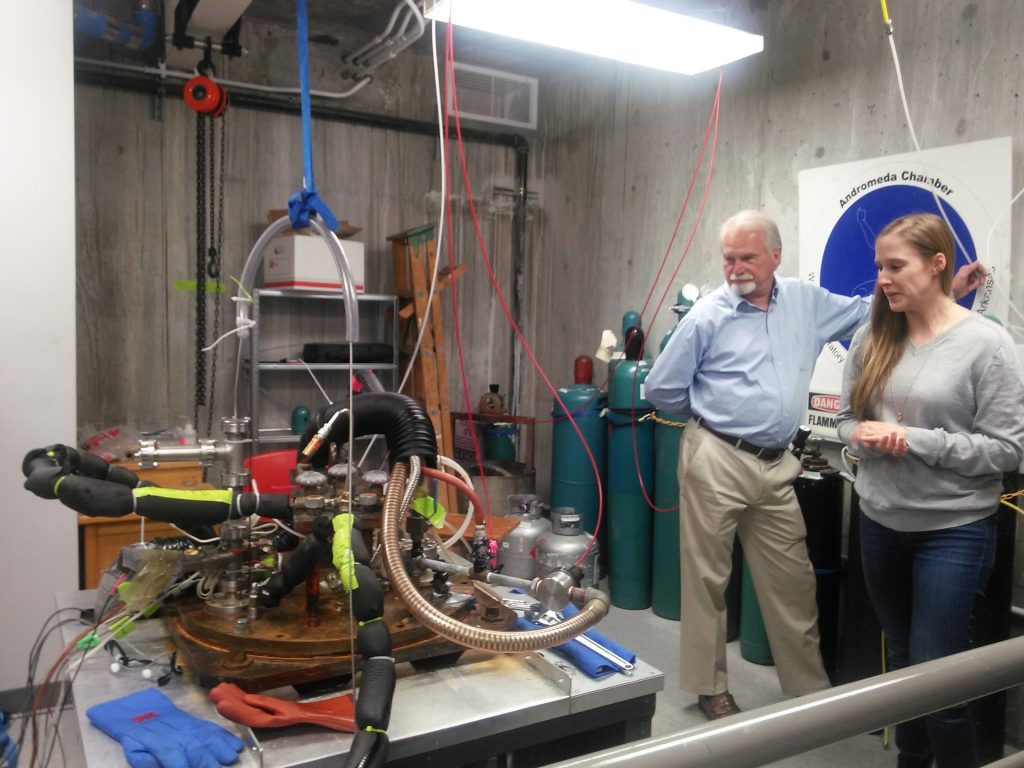
The idea is that future space travel has to be undertaken in high altitude environment similar to the city of La Paz (3600m), within space capsules.

This would grant astronauts great advantages. It would allow for a practical solution to astronauts anemia in Space. Furthermore, it would give great advantages speeding up the possibility of going out of the space ship and using a space suit, since the pressure changes would not be as great. This would allow for much lighter space suits, aiding in the flexibility and maneuverability.
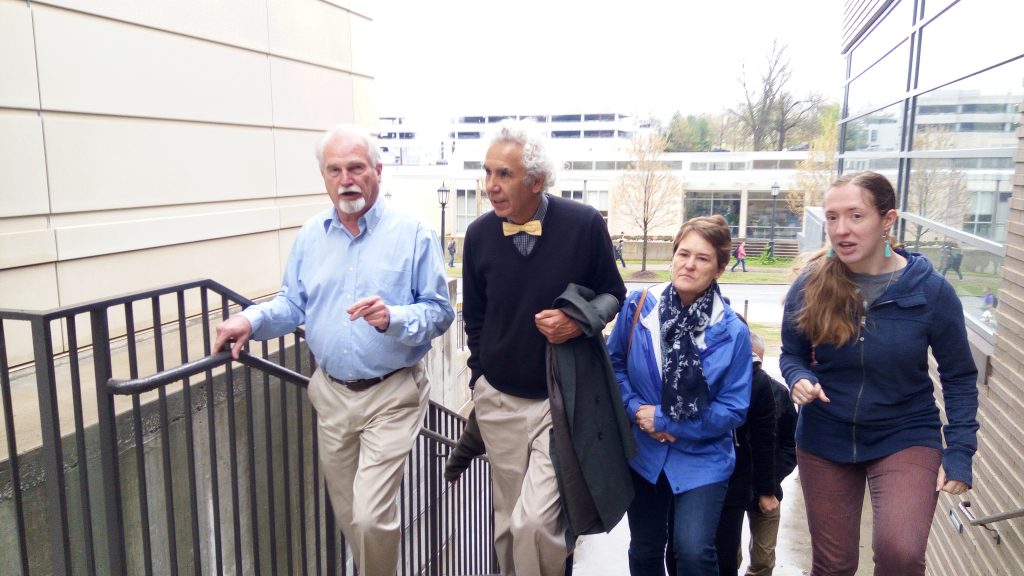
Much more will come from this revolutionary concept, that will change forever the way humans travel in space. Please click below to see the BLDE Journal pre-print:
https://www.researchgate.net/publication/325536733_Space_travel_in_a_high_altitude_environment_One_more_step_in_human_BioSpaceFormin
All these ideas are born from over 48 years of experience in our Institute, founded by the late Prof. Dr. Gustavo Zubieta-Castillo:
The final talk was given at Tulane Medical School in New Orleans, Louisiana.

This was a very special situation. On a previous conference talks organized by Prof. Thuppil Venkatesh in Dec 2017 throughout India, Prof. Zubieta-Calleja, had the opportunity to meet Prof. Dewan S.A. Mahid at Prof Kusal Das’ Laboratory in BLDE University in Vijayapur, India. Prof. Majid a most distinguished scientist of the Physiology Department at Tulane, invited Prof Zubieta-Calleja to go give a talk.
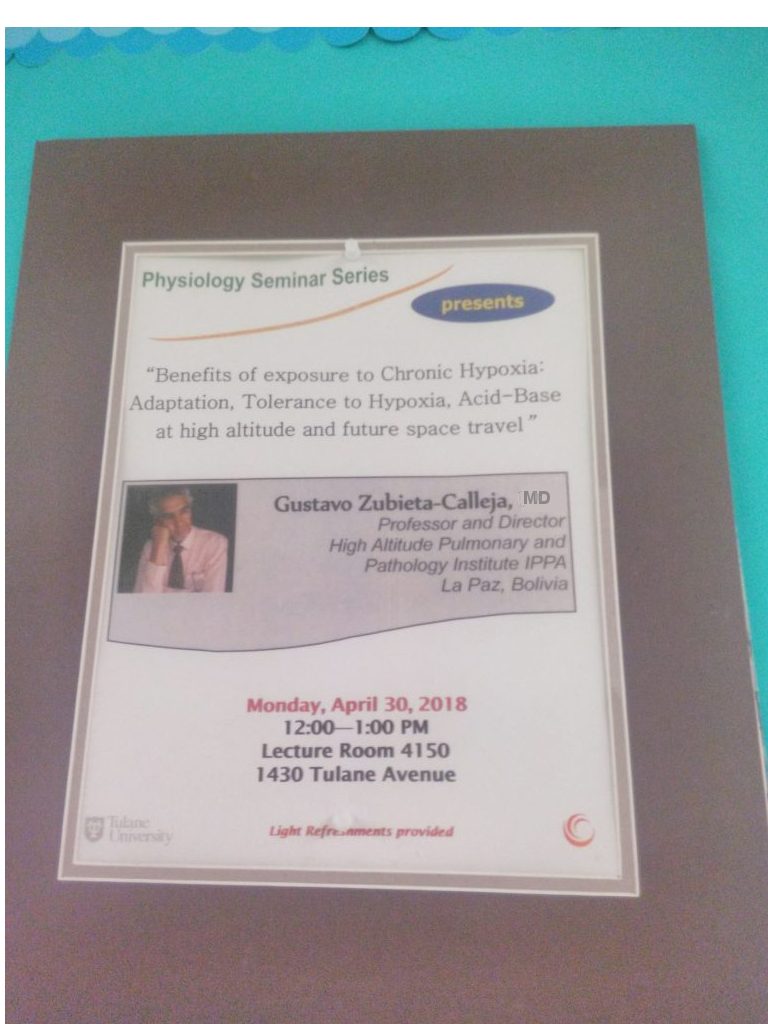
Prof. Zubieta-Calleja had been in New Orleans when he was 8 years old during two years because Prof. Dr. Gustavo Zubieta-Castillo was a visiting Professor at Tulane Medical School back in 1964.
We had a special bonus as we met our dear friend Prof. Rafael Rubio and Cherry his wife for the second time in beautiful New Orleans.
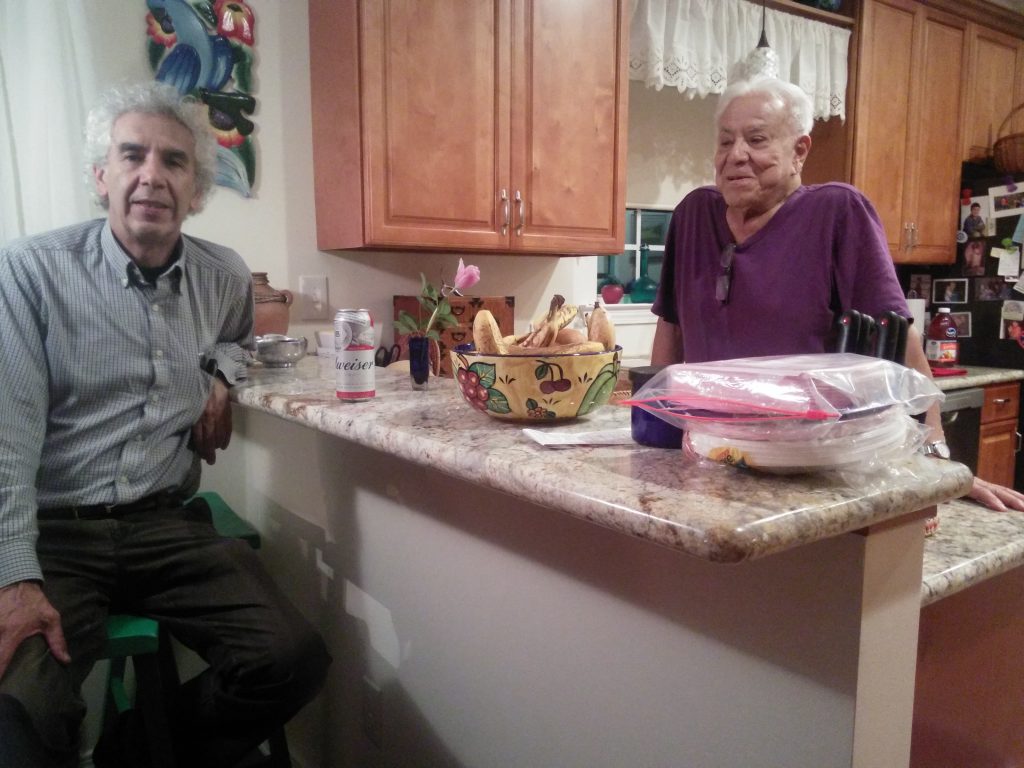
We had the most interesting discussions about science and likewise, Rafael and following the extraordinary coincidences, Rafael had worked with Gustavo Zubieta-Castillo (Sr) in the 60’s at the Instituto de Cardiologia in Mexico. They had published a joint paper entitled “RUBIO, R., and-ZUBIETA, G.: ‘The variation of the electrical resistance of microelectrodes during the flow of current’, Acta Physiologica Latin Americana, 1961, 11. “, which became a very cited reference in physiology.
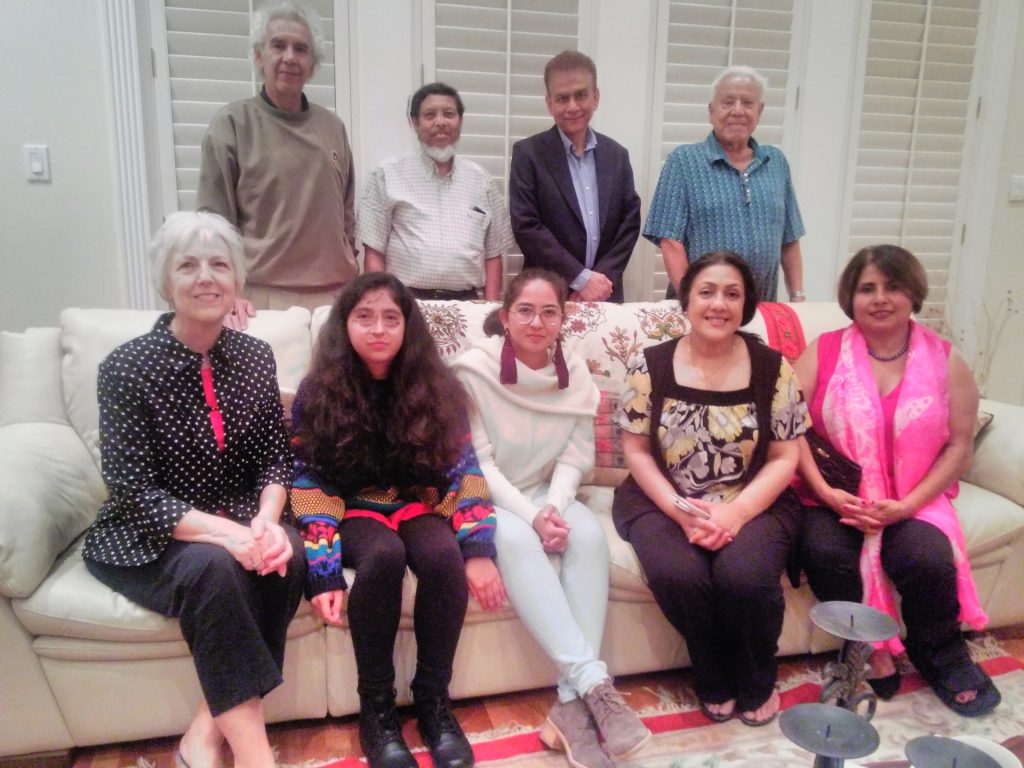
Top row from left: Prof. Zubieta-Calleja, Prof. Edwan Mahid, Daniel from Bangladesh. Prof. Rafael Rubio, Seated from left: Cherry Rubio, Rafaela Zubieta, Dr. Natalia Zubieta DeUrioste, NIna Mahid, Mrs. Daniel
Dr. Rafael Rubio obtained his PhD in US and became a Professor of physiology at University of Virginia during over 30 years, becoming Emeritus. He now resides permanently in New Orleans and had written his book “Endothelial Luminal Membrane-Glycocalyx: Functionalities in Health and Disease” at Tulane.


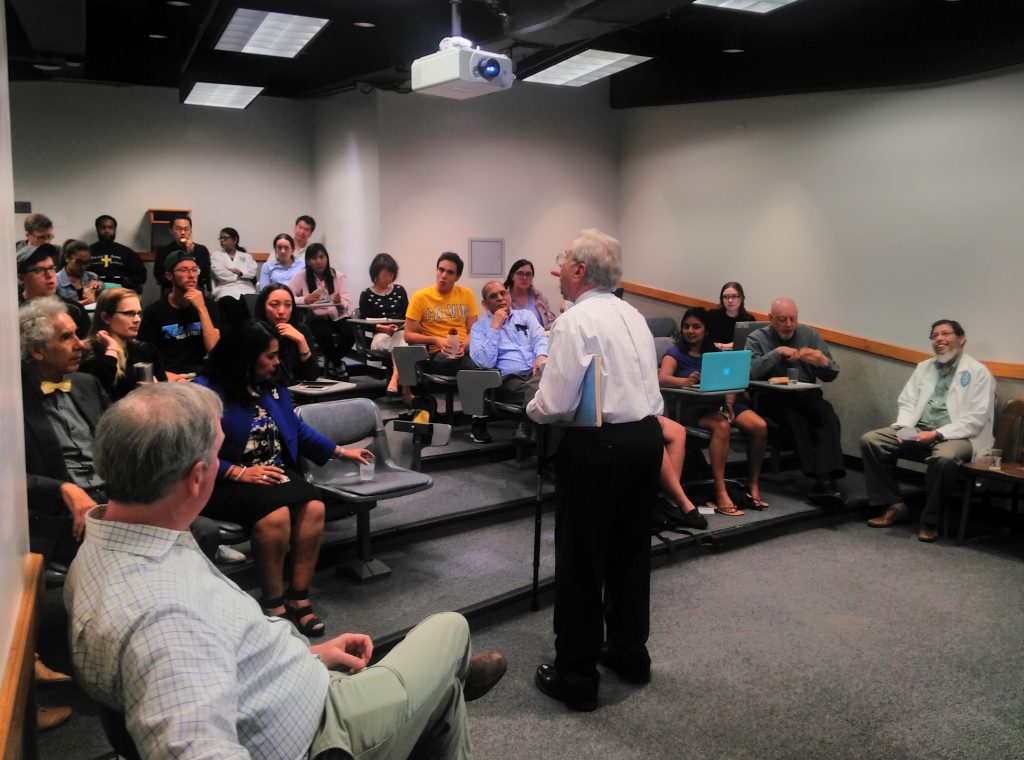
The talk was carried out on April 30, 2018 at the Physiology Department which runs under the direction of Prof. Gabriel Navar. It was a pleasure to meet him and to discuss subjects of mutual interest.
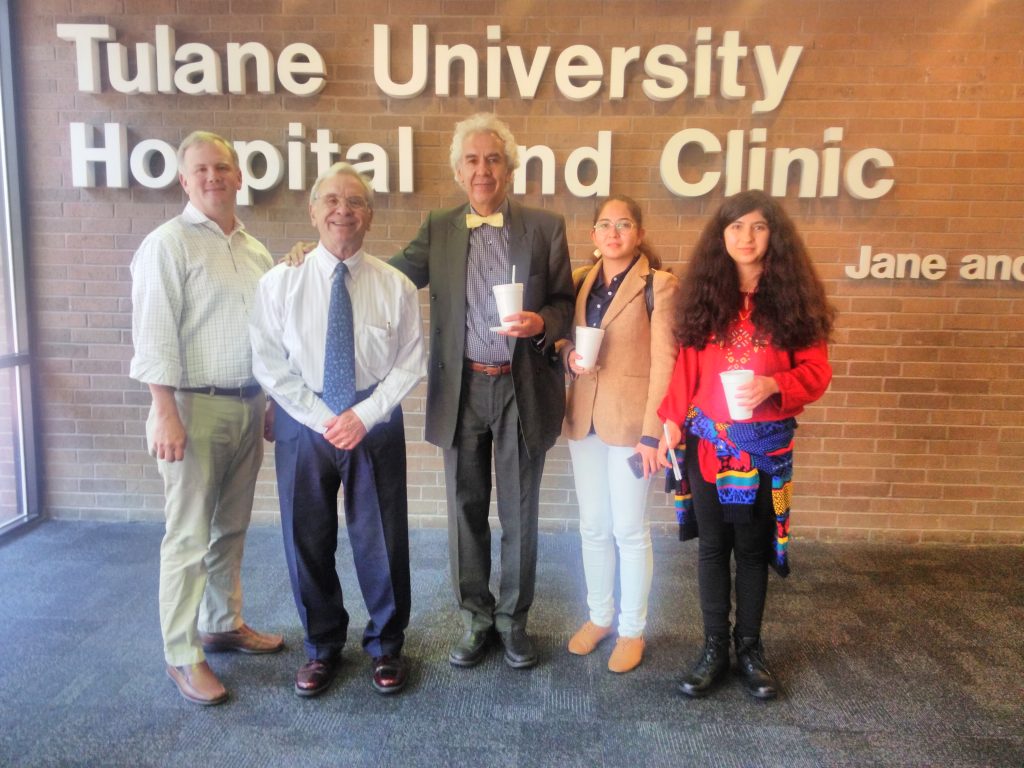
He heads the Center for Biomedical Research Excellence in Hypertension and Renal Biology and has a staff that is truly outstanding. The program of visits is below:

We truly enjoyed meeting such distinguished colleagues at Tulane, and particularly Dr. Minolfa Prieto.
In this opportunity Prof. Dr. Gustavo Zubieta-Calleja was with his IPPA team, his brand new colleague and scientific researcher Dr. Natalia Zubieta, our language expert Rafaela Zubieta and Lucrecia De Urioste our International Relations expert.
